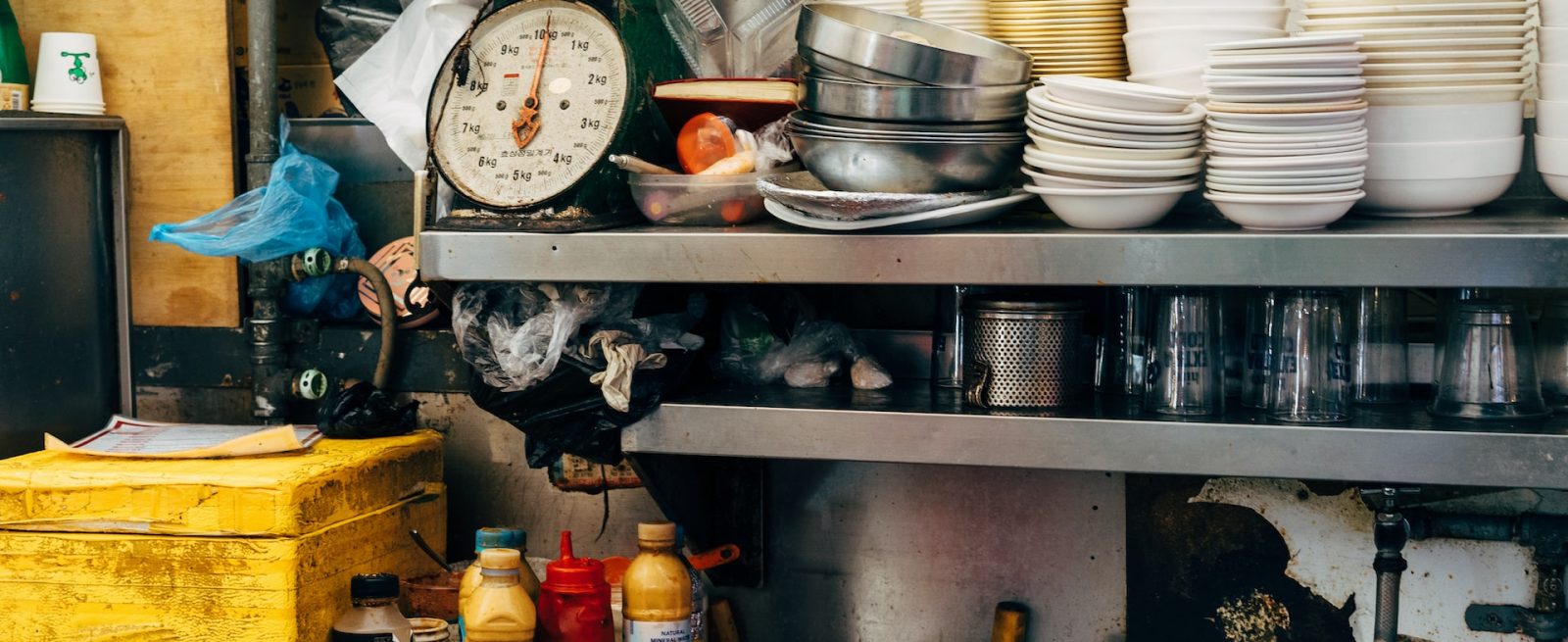Prioritizing Restaurant Maintenance – The Recipe for Long-Term Success
4 Min Read By Bryan Christiansen
There are many factors that drive the bottom line for restaurants and properly managing maintenance is chief among them. Maintenance impacts multiple critical aspects of restaurant management and operations. Restaurant maintenance ensures technical difficulties don’t compromise food production and quality. Proper maintenance is also essential to customer satisfaction, retention, and word-of-mouth reputation building. Just ask the manager of the brunch spot who can’t serve pancakes because the griddle is broken — again. This article will provide insights into restaurant maintenance strategies, best practices to implement them, and tips and tricks to drive long-term success.
Maintenance needs vary based on restaurant size, food variety, and cooking style, but all restaurant maintenance can be divided into two overarching categories: restaurant equipment maintenance and restaurant facilities maintenance. Equipment maintenance is essential to the core business model of any restaurant and includes maintaining equipment such as refrigerators, freezers, dishwashers, commercial gas ranges, deep fryers, and industrial ovens. This type of maintenance is typically the responsibility of specially trained technicians. Maintenance tasks include inspections, cleaning, lubrication, servicing, parts replacement, and repairs.
Facilities maintenance tasks include routine cleaning, disinfection, janitorial work, trash removal, plumbing, and HVAC maintenance. Since the COVID pandemic, restaurant patrons are more concerned than ever about basic restaurant cleanliness. This type of maintenance does not necessarily require specialized maintenance training, skills, or equipment to complete but it directly influences a customer’s first and lasting impression.
Costs of Poor Maintenance
The cost of poor maintenance is significant and, in some cases, can be enough to put a restaurant out of business. When equipment isn’t properly maintained, restaurants are more likely to experience more serious equipment breakdowns that require external vendors with specialized skills to repair equipment on short notice for inflated costs. Inadequate maintenance can also lead to more frequent equipment breakdowns and premature equipment replacements. In all of these scenarios, when kitchen equipment is down, certain menu items can’t be served or the restaurant may need to close completely, resulting in significant revenue loss.
Poor maintenance can also cause restaurants to fall out of compliance with FDA regulations and fail health inspections, food safety audits, hygiene and sanitation audits, and fire safety inspections. Faulty equipment can lead to fires and other safety hazards for restaurant workers as well, which could result in OSHA violations and open the restaurant up to fines or lawsuits. All this considered, restaurants simply cannot afford to not have proper maintenance practices in place.
Best Practices for Effective Restaurant Maintenance
A fundamental aspect of proper restaurant maintenance is planning downtime and equipment services outside of business hours. All equipment in a restaurant – from the stove, to the dishwasher, to the HVAC and restroom plumbing – must be regularly maintained to maximize asset lifetime. But these activities should be planned outside of restaurant hours so they do not interfere with serving customers. Having a clear and consistent schedule for maintenance ensures it gets done on time, at the right time, to avoid business disruptions. If preventative maintenance tasks slip through the cracks, you are much more likely to face an emergency repair during business hours.
Preventative maintenance not only helps to reduce equipment downtime that can interfere with serving customers – it also helps increase the longevity of equipment. Tasks like changing HVAC filters regularly or scheduling vendors to service specialty equipment can help restaurants minimize costly repairs and maximize the lifespan of equipment, ultimately making the most of those initial investments.
In addition, comprehensive training for all restaurant employees and maintenance staff enhances productivity and saves time and resources in the long run. Employee onboarding should include proper training on how to clean and perform basic maintenance tasks. Additionally, staff should be armed with standard operating procedures and maintenance checklists to drive consistency, adhere to best practices, and prevent maintenance tasks from slipping through the cracks.
There will be times when outside vendors are needed to provide certain maintenance or repairs. Part of a maintenance plan should include careful selection and management of vendors to ensure timely deliveries, flexible payment terms, and consistent service. Maintenance staff must also have a carefully documented and up-to-date list of which vendors are used for which assets. This will save critical time in the event of an urgent repair.
Leverage CMMS to Simplify Restaurant Maintenance
The easiest and most effective way to ensure appropriate maintenance is to organize, document, and streamline restaurant maintenance using a Computerized Maintenance Management System (CMMS). These systems have revolutionized maintenance management by organizing all tasks and resources in a single digital platform. A CMMS can be used to automate the scheduling and tracking of maintenance tasks to help managers save time and reduce human error. With a detailed inventory of restaurant assets and accurate tracking of their usage, managers can make informed decisions around scheduling preventative maintenance tasks, budgeting, and planning for equipment repairs or replacements. A CMMS also helps restaurants remain compliant by documenting tasks and tracking standards for regular inspections or audits.
In the restaurant industry, optimizing maintenance practices is crucial for success. Proper maintenance can enhance food quality, customer experience, and overall efficiency. Good maintenance practices can mean the difference between a restaurant that flourishes and one that fails, which is why many restaurants leverage a CMMS to streamline their maintenance work. Prioritizing maintenance is not just about sustaining your business — it's about surviving and thriving in a competitive industry.


